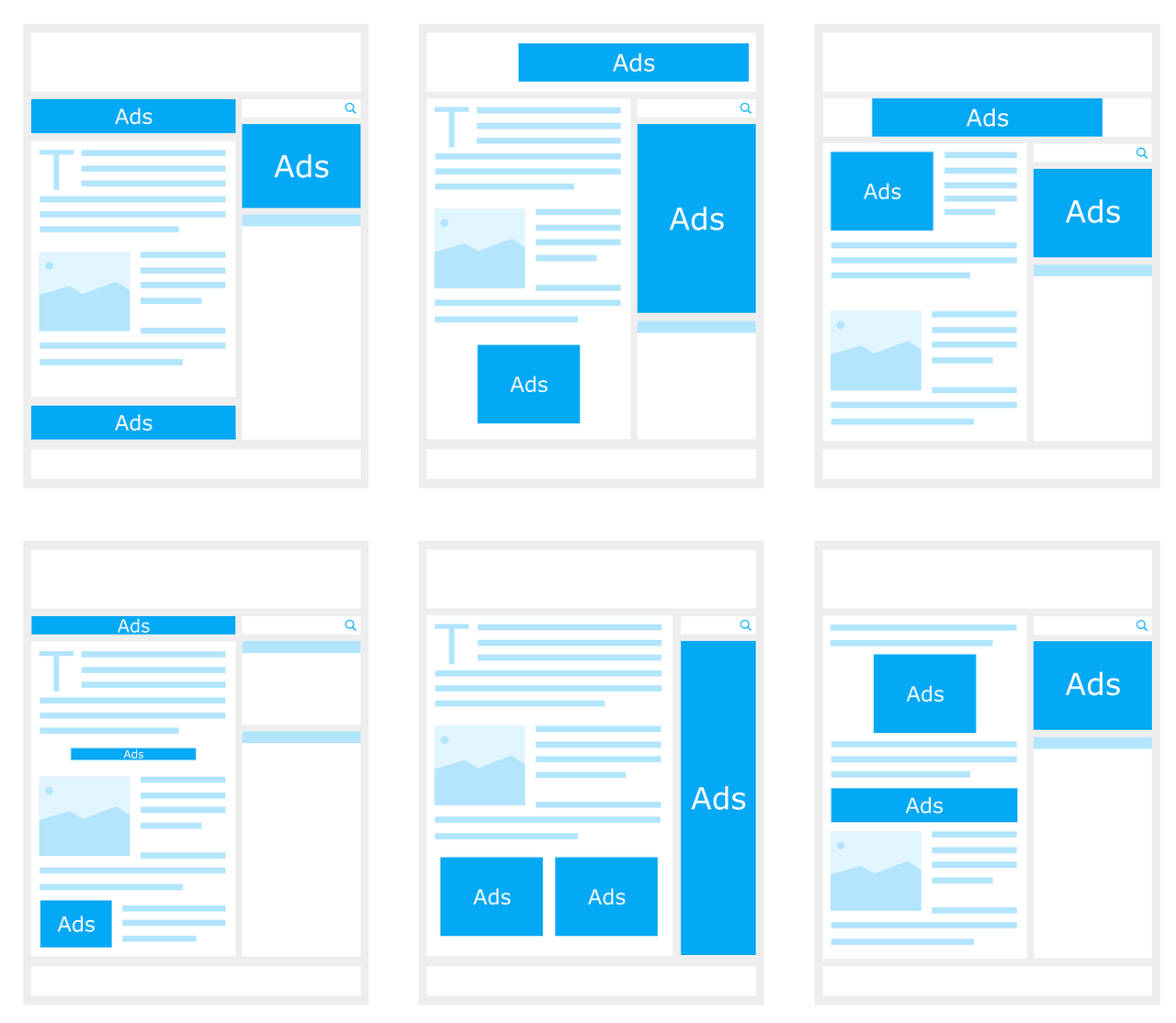 Managing your online marketing campaigns can be tedious and time-consuming. Google Ads automation helps to make the entire process a lot simpler, allowing you to do less and save a lot of time while still attaining similar or better results compared to when you do everything manually.Some of the steps that you should take to get the most from Google Ads are highlighted below.
Managing your online marketing campaigns can be tedious and time-consuming. Google Ads automation helps to make the entire process a lot simpler, allowing you to do less and save a lot of time while still attaining similar or better results compared to when you do everything manually.Some of the steps that you should take to get the most from Google Ads are highlighted below.
Start By Optimizing Your Campaign
Among the PPC fundamental concepts, is setting the correct overarching parameters. Any error made on the technical details may result in your campaign failing, probably before it even starts. For example, your ad targeting and effectiveness of segmentation are directly affected by basic elements such as coloring and copy. Start by determining the results you wish to get and identifying your targets. You can then construct compelling images and content and link your advertisement to a useful landing page.
Ensure You Get the Ad Groups Right
Setting the targeting parameters should be done quite carefully as it will play a vital role in the success of your campaigns. You can start by breaking down your targets into general categories and then target your ads to those categories before you make any changes in Google Ads. The categories to consider are location, income, device, interest categories, age, and gender. You can then set your ads accordingly.
Set Parameters for Individual Ad Performance
After setting up the ad group, you can now start working on individual elements of automation. For starters, make sure that you keep the exposure equal. The default setting is for the best performing ads to get preference. That, however, skews the A/B testing results. It means that one ad will be favored over the others. Consider setting the ads to rotate indefinitely, allowing all the ads to get equal chances of performing.
The next step should be to pick the right device. Advertising universally across all devices might not be such a good idea. You can opt to skip some devices such as tablets, which do not usually perform well. You should then set the ad times, optimizing them to when the ads are likely to perform best. Ensure that you are also set to track, as analytics will give you a lot of value.
Schedule a Routine for Optimization
After ensuring that all your ads are approved, you should schedule a routine for fine-tuning everything. Automating ads does not mean that your work is done. Always check to ensure that your ads are running, and nothing is broken. Also, use the collected data to make any adjustments that may be necessary.

